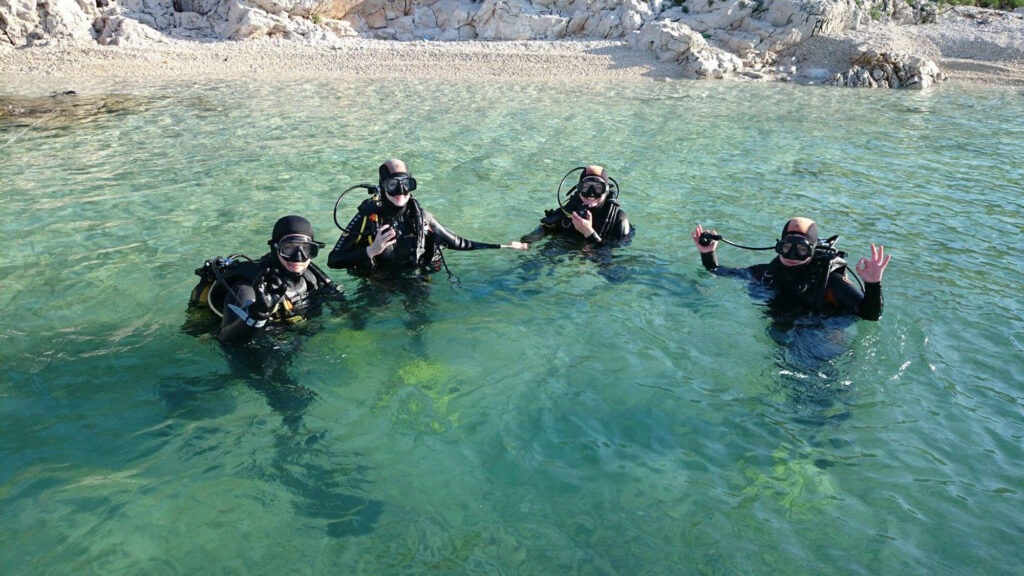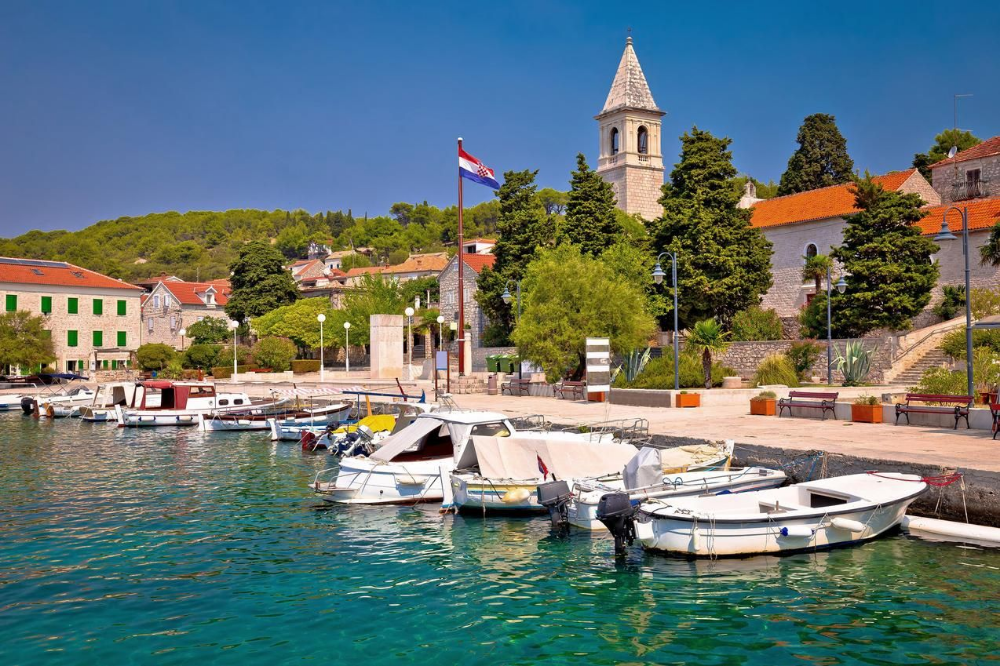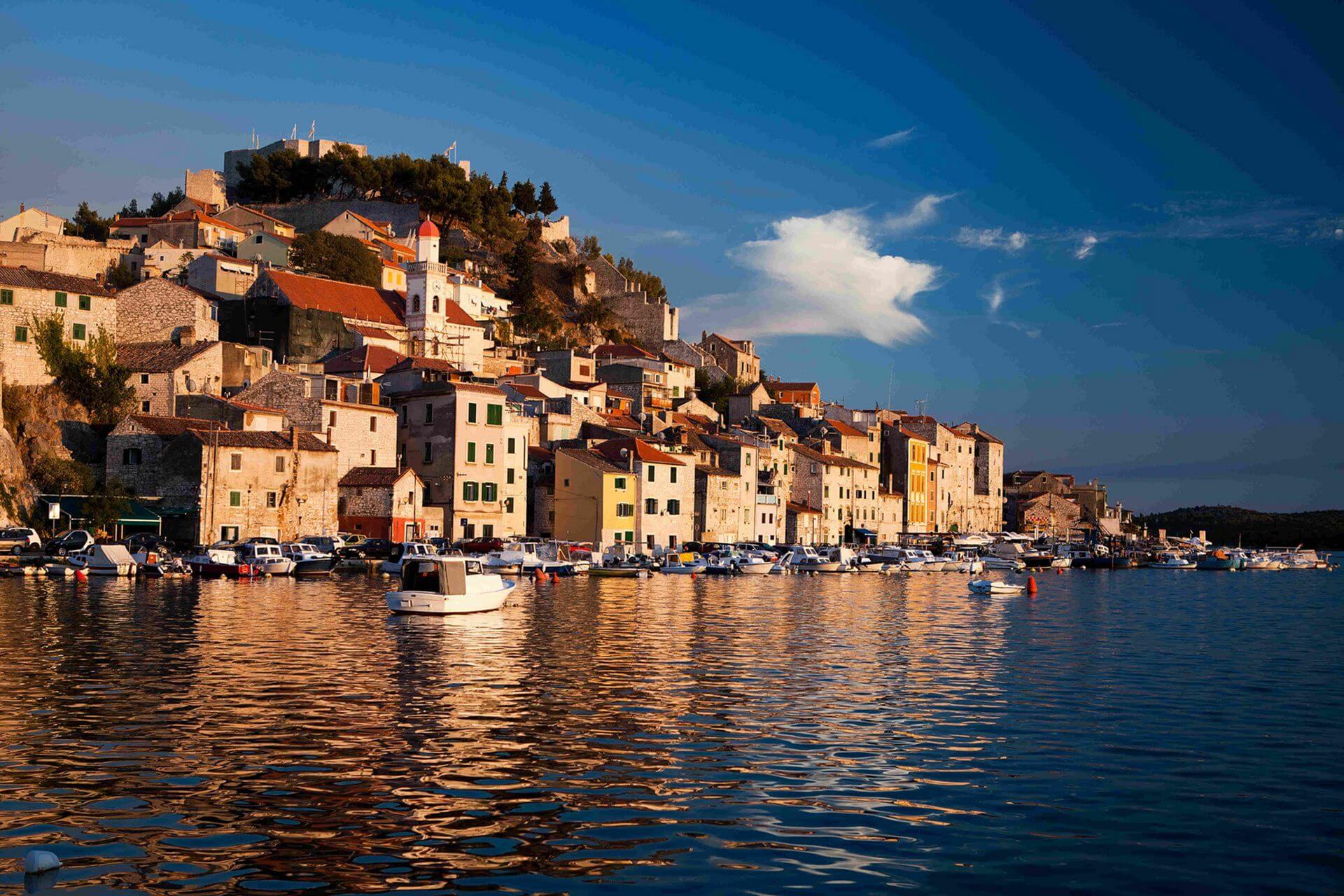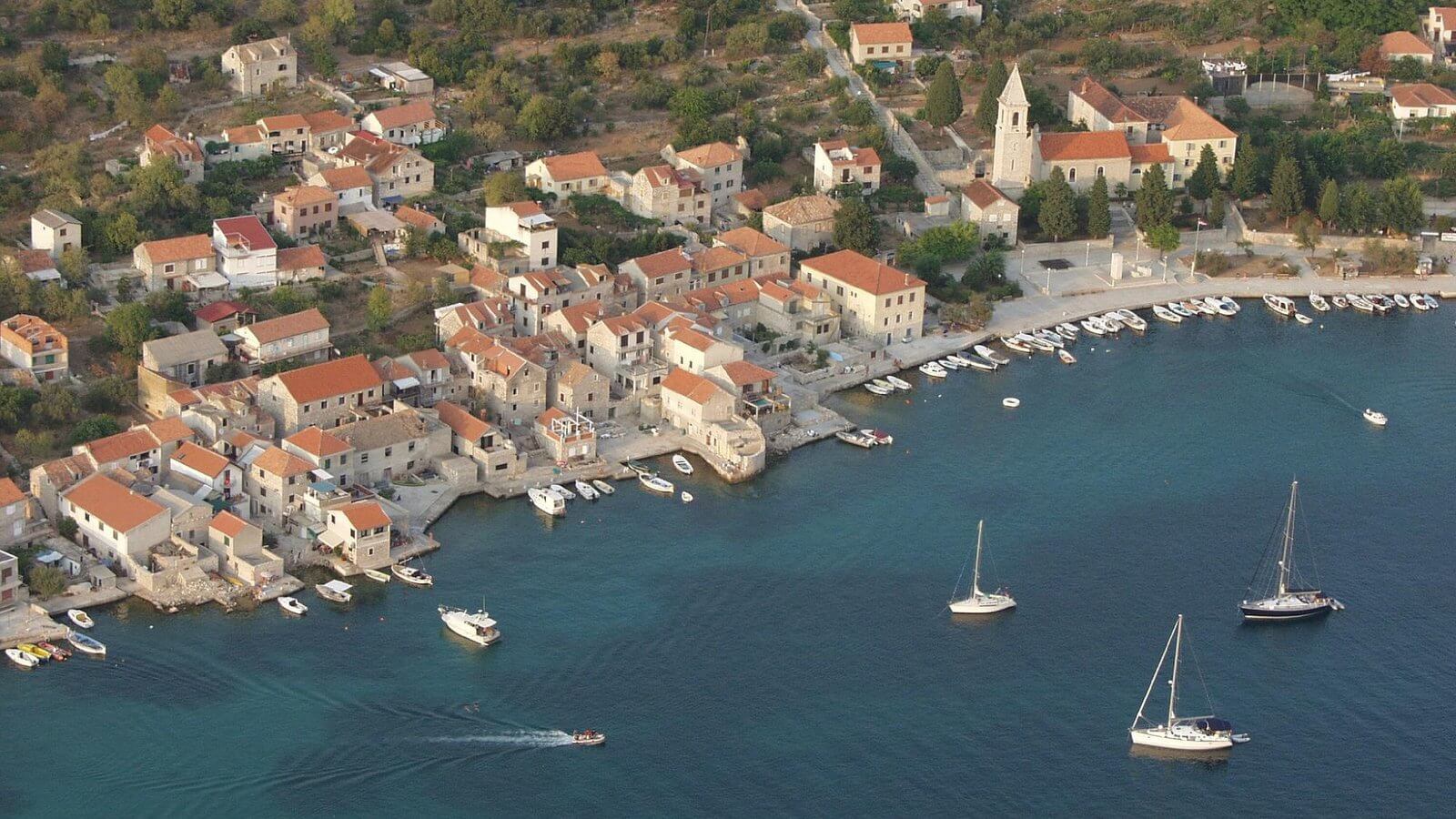Diving tourism in Croatia has been on the upswing since the 90s. With the number of tourists increasing by 15 per cent annually, the number of professional diving centres located near the most attractive places in the Adriatic has also increased.
Divers from all over the world can explore the underwater world of the Croatian Adriatic here under expert guidance and appropriate safety precautions and enjoy it without any worries. Diving holidaymakers and those interested in diving have many registered and licensed diving centres to choose from in the popular holiday regions of Istria, Kvarner Bay and Dalmatia.
If you want to start diving but aren’t sure how to get on Croatian islands, you should consider renting a taxi boat to take you to any starting point you want.
What can you dive for in Croatia?
The most attractive diving areas in the Adriatic are ship and plane wrecks as well as underwater walls, reefs and caves. The mainland massif of Croatia is one of the most specific in the world. Dalmatia is located in a karst area full of crevices, caves, canyons and channels. It is believed that there are still at least 1500 canyons in the Adriatic.
In total, there are 117 official diving sites in Croatia, with depths ranging from 5 to 86 metres. Wherever you go along the Croatian coast, from the south across the Prevlaka peninsula to Umag in Istria in the north, there are plenty of great diving and snorkelling sites! What’s more, each of them is unique – some include underwater archaeological sites, and others have magnificent caves you can go into and offer a great variety of flora and fauna to swim between.
In addition to the plant and animal species, some of which live only in the Adriatic and are sought-after motifs for underwater photo and video safaris, archaeological sites and underwater wrecks are among the most popular objects.

Diving spots in Dalmatia
The region around Zadar is very popular with divers because you have a wide choice of dive sites and many places are protected from wind and higher waves. Other highlights are the diving sites in the Telašćica and Kornati National Park.
In the very south of Dalmatia, around the historic city of Dubrovnik, the water quality for divers is also excellent. The sea is wonderfully blue and clean and offers the best visibility underwater. However, due to the many deep parts of the sea, there is only a small selection of diving spots.
Popular dive sites are the archipelago off Dubrovnik and Orebić, which offers a great variety of different plants and animals. However, the best region for diving is central Dalmatia, especially around the town of Šibenik.
Central Dalmatia and Šibenik
The region around Šibenik offers a deep blue and crystal clear sea. The underwater world hides many underwater caves and crevices with rich flora and fauna, including one or two wrecks on the sea bed.
Krapanj is one of the smallest inhabited islands in the Adriatic and it serves as a perfect diving site, especially for beginners. The Plić site offers an abundance of marine life, including sponges, soles and weevers. The seabed is a combination of sand and rock, so there really is something for everyone.

Some of the most astonishing diving areas can be found in the central part of the Dalmatian region from the island of Hvar all the way to Primošten. The water of the Adriatic is crystal clear here and with the right equipment, you have the opportunity to take unique underwater photos and videos. Along the central Dalmatian coast, there are numerous shipwrecks, rich flora and fauna and many good diving spots such as the large south wall near the islands of Čiovo and Šolta, the Vrulja cave and Kabal.
Other beautiful diving spots are also the island of Vis, Šolta and Brač. The latter is best known for the famous beach ‘Zlatni Rat’ in Bol. In terms of depth (max. 18 metres), it may not be too challenging to dive. Swimming in these currents along this beautiful pebble beach is a joy. If you go a little deeper, you can see how the marine life camouflages itself to adapt to its surroundings.
Keep in mind: If you want to go diving without an instructor, you need a diving licence and a diving permit. As an independent diver, you are not obliged to keep a diving diary or to have a complete first aid kit with you. Diving is therefore at your own risk.
It is also important not to violate the laws of the Republic of Croatia when diving. It is allowed to dive in all territorial waters of Croatia, except for a few exceptions for special diving zones. These may only be explored under the guidance of a diving professional, in order to guarantee the necessary safety and not to violate the protection of the environment.



